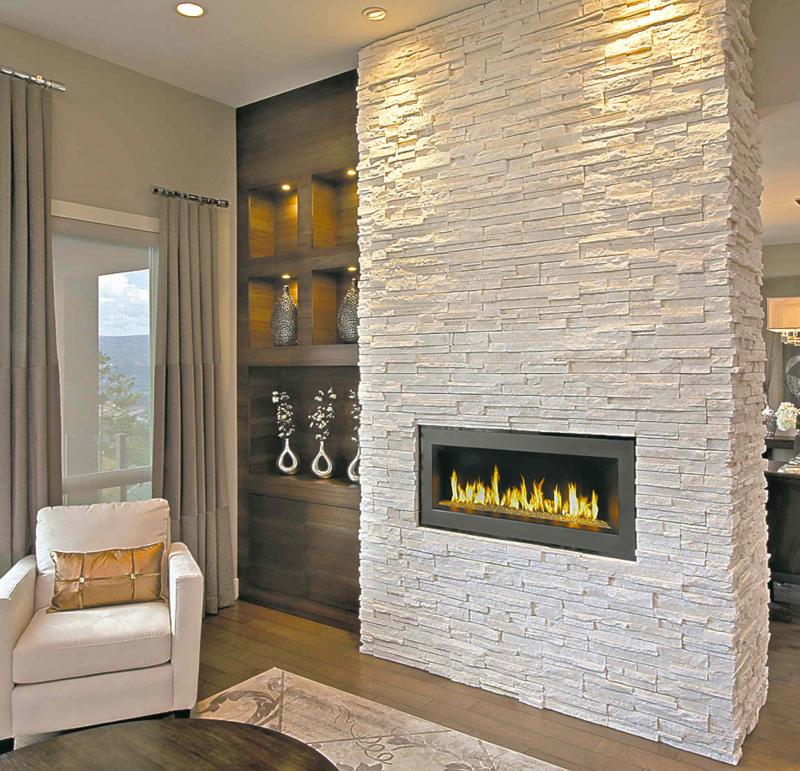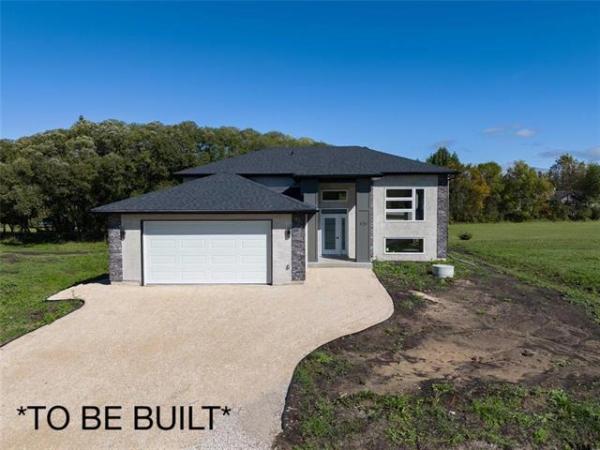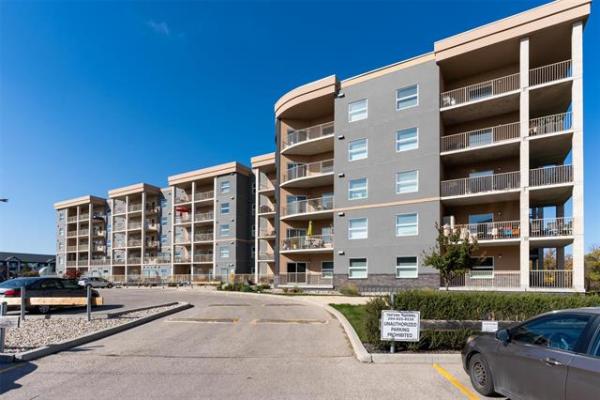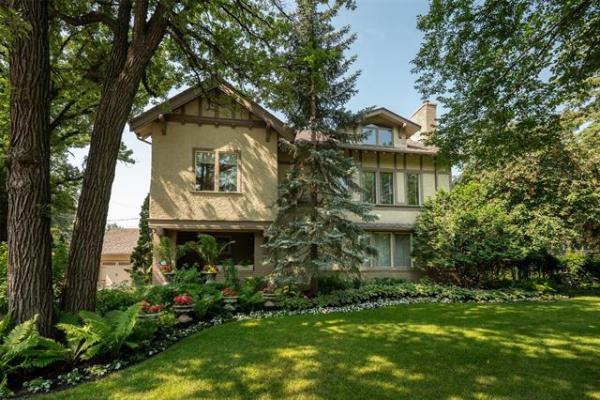A feature wall, unlike a focal wall, is quite a substantial decor element. Often created with stone, brick or wood, a feature wall can add lots of drama and texture to a bland decor.
A common element in open-concept homes and condos is a partial wall that separates the kitchen from the rest of the space. This partial wall is usually about six to eight feet wide, is open on both ends and is a blank slate.
Walls like this, without windows or openings, are perfect fodder for a stunning feature wall. A floor-to-ceiling stone treatment, for instance, can create a wonderful backdrop for a media wall, freestanding fireplace or water feature. As well, because the wall is narrower than a full wall would be, high end finishes like stone or brick are more affordable.
"Stone products like this can add beauty and value to any home," said Kim Kotowsky of Canadian Stone Industries, a Canadian company based in B.C. "While these products can be installed by an experienced DIYer, it's best to let the professionals install these high-end finishes for optimal results."
Our feature photograph, courtesy of Cultured Stone (www.culturedstone.ca) shows how well a partial wall looks when treated with an earthy, textural stone finish. The uneven surface of this particular cultured-stone product is exceptionally lovely when wrapped around the end of the wall, and no doubt carried to the other side of the wall to act as a feature in the dining room. The addition of the built-in bookshelf adds to the dramatic feature wall. There's something about stone and like products that add a sense of sumptuousness and timelessness that is beautiful, comforting and enduring.
Another great place for a feature wall is around the fireplace façade of a protruding fireplace. Often in this scenario, the fireplace sticks out from the wall and is boxed in with drywall to hide the fireplace workings. The surrounding surfaces are a great place to add brick, stone or tile to double the drama of the fireplace feature.
The wall at the head of the bed can also produce a great feature wall. Imagine a floor-to-ceiling wall of stone to set the stage for a luxurious master retreat. Even the ensuite can be treated with a smaller feature wall that will co-ordinate with the bedroom.
As lovely as stone and brick can be, there are alternatives for those with a penchant for something truly unique. I once saw a feature wall that was covered with one-inch-thick slices of tree logs. The circles were adhered to the wall behind the bed and the outcome was very dramatic, yet relaxed and comfortable. It had somewhat of a lodge appearance but with a contemporary twist.
Squares of stained wood (even plywood) can also be used to create a unique feature wall. By staggering the grain on every other piece, you end up with a subdued checkerboard effect that is warm and earthy.
If you're on a tight budget, you might consider using inexpensive items such as beads to create a feature wall. Hot glue them right onto a colourful wall interspersed with small mirrored pieces for a glamorous, sparkling feature. This would be time-consuming but affordable and less permanent than, say, stone or tile. This might be a fun look for a young girl's room. For a more masculine look, consider a sport's mural for a wall in a boy's bedroom.
Wallpaper that has the appearance of brick or stone can be a good alternative for renters. These products have great visual appeal but can be removed when you leave.
Creating plaster adornments for a feature wall is another inexpensive way to add a textural element to a wall. Use cookie or chocolate moulds and fill them with plaster of Paris to create small shapes of your choosing. Then adhere them to a wall in a random pattern. As an example, you could use a Fleur-de-Lis mould and adhere the flowers onto a Wedgwood blue wall to create a Wedgwood China effect.
When choosing which wall to treat, consider the following:
-- Choose a wall without doors or window openings as these elements break up the wall treatment, which diminishes the effect.
-- Use the focal wall as your guide: The first wall you see when entering a room is often a good option for a feature wall, or the wall surrounding a fireplace or behind the head of the bed. The 'partial walls' discussed above can be perfect for a feature wall.
-- Consider wall items you'll have to tile around, such as light switches, electrical outlets etc. These can detract from the overall look and can be fussy to work around.
-- Discuss your options with your professional installer. They would have the experience to be able to guide you.
-- Look at lots of photos of feature walls before deciding which product or application to choose.
Connieoliver@shaw.ca




